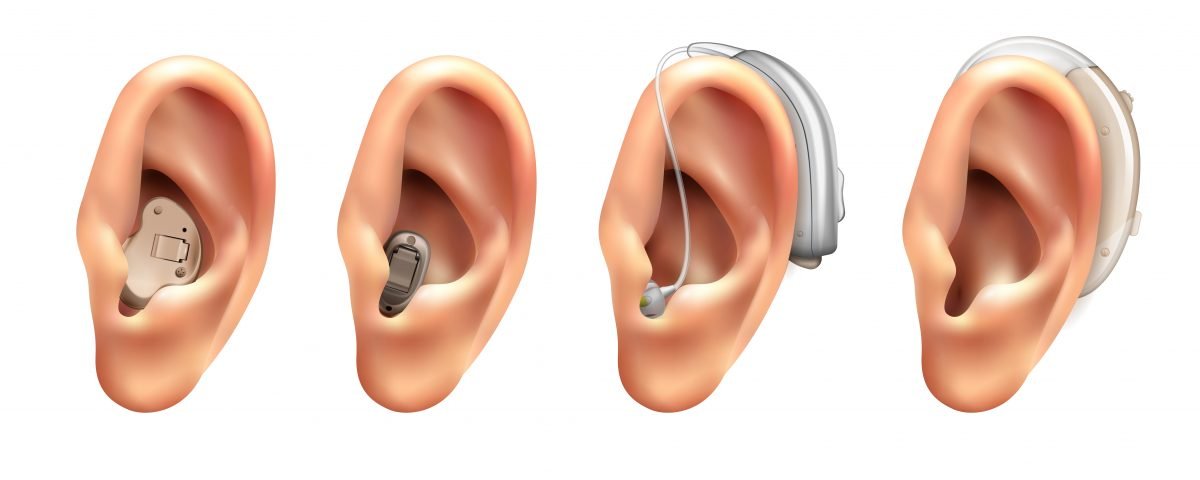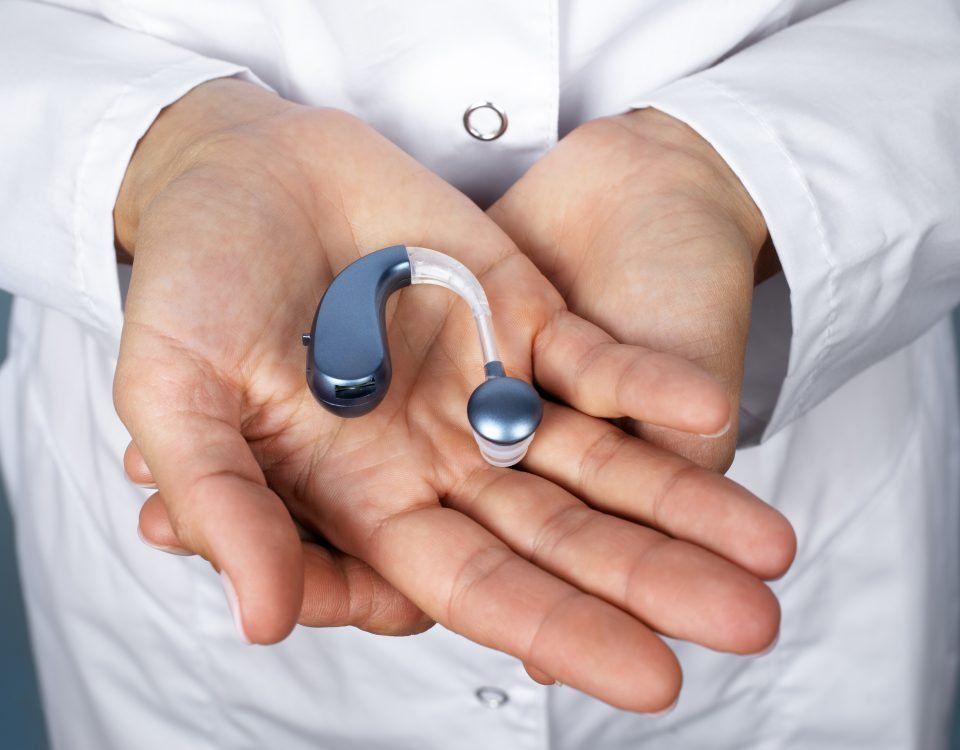- Have any questions?
- +91 474 2769177
- +91 90722 72277
- jk.hgaids@gmail.com
What is the Average Life Expectancy of Hearing Aids 2024?

A Comprehensive Hearing Aid Guide 2024: Lifespan, Costs, More
January 22, 2024What is the Average Life Expectancy of Hearing Aids 2024?

Discover the key factors influencing their average life expectancy and ensuring vibrant auditory experiences. Explore influences for enduring hearing satisfaction.
Imagine being able to hear the delicate sound of birds chirping, the laughter of loved ones, and the joyous melodies of your favorite songs. For individuals with hearing loss, hearing aids are the key to unlocking these powerful auditory experiences. As technology continues to advance, the average life expectancy of hearing aids becomes an important consideration. In this article, we will delve into the future of hearing aids, exploring the average life expectancy of hearing aids in 2024 and the factors that influence it.
The Evolution of Hearing Aids
- Hearing aids have come a long way since their invention in the 17th century. From simple ear trumpets to modern-day digital devices, the technology has progressed by leaps and bounds.
- In the early days, hearing aids were bulky, uncomfortable, and had limited functionality. However, advancements in miniaturization, digital signal processing, and connectivity have revolutionized the industry.
- Today’s hearing aids are discreet, powerful, and offer a multitude of features such as noise reduction, directional microphones, and wireless connectivity.
Factors Influencing the Average Life Expectancy
1. Technological Advances
- As technology continues to advance at a rapid pace, hearing aids are becoming more resilient and durable.
- Improved circuitry and material composition ensure that modern hearing aids can withstand daily wear and tear, leading to an increased average life expectancy.
- The integration of nanotechnology has also contributed to the longevity of hearing aids by protecting sensitive components from moisture, dust, and debris.
2. Batteries and Power Efficiency
- One of the primary factors impacting the life expectancy of hearing aids is the battery life.
- Traditional disposable batteries used to power hearing aids had limited longevity and required frequent replacements.
- However, the introduction of rechargeable hearing aids and advancements in battery technology have vastly improved the average life expectancy.
- Lithium-ion batteries, commonly used in modern hearing aids, offer longer-lasting power and can be conveniently recharged, reducing the need for constant battery replacements.
3. Maintenance and Care
- Proper maintenance and care play a crucial role in extending the life expectancy of hearing aids.
- Regular cleaning and servicing by audiologists or hearing care professionals help prevent malfunctioning and ensure optimal performance.
- Adhering to best practices, such as keeping hearing aids away from moisture, avoiding exposure to extreme temperatures, and changing filters and wax guards regularly, can significantly enhance their lifespan.
The Average Life Expectancy of Hearing Aids in 2024
- Looking ahead to 2024, it is projected that the average life expectancy of hearing aids will continue to improve.
- Thanks to ongoing research and development, we can expect even greater durability, robustness, and longevity in the upcoming generation of hearing aids.
- With advancements in nanotechnology, hearing aids are becoming more resistant to moisture, dust, and environmental pollutants, providing a longer lifespan.
- Furthermore, the integration of machine learning and artificial intelligence algorithms enables hearing aids to adapt and self-adjust, optimizing their performance over time and potentially extending their average life expectancy.
The Importance of Regular Upgrades
- While technology is advancing at a remarkable pace, it is still essential for users to upgrade their hearing aids periodically.
- As hearing loss can change over time, regular evaluation by audiologists helps determine the need for adjustments or updated technology.
- Upgrading to the latest models ensures access to the most advanced features, improved sound quality, and enhanced user experience.
Conclusion
Hearing aids have come a long way, and their average life expectancy continues to improve due to technological advancements, better power management, and proper maintenance. Looking to the future, the average life expectancy of hearing aids in 2024 holds great promise, with further advancements on the horizon. By investing in regular upgrades and practicing proper care, individuals with hearing loss can continue to enjoy the benefits of these life-changing devices for years to come.
FAQ
Hearing aids have evolved from bulky and uncomfortable devices to modern, discreet, and technologically advanced instruments. They now offer features like noise reduction, directional microphones, and wireless connectivity.
Several factors influence life expectancy, including technological advances, improvements in battery technology, and proper maintenance. Advancements in nanotechnology and power efficiency contribute to their increased longevity.
Continuous technological advancements contribute to the resilience and durability of hearing aids. Improved circuitry, material composition, and the integration of nanotechnology protect sensitive components, enhancing their overall lifespan.
Battery life is a crucial factor. Traditional disposable batteries have been replaced by rechargeable options, particularly lithium-ion batteries, offering longer-lasting power and reducing the need for frequent replacements.
Think of your hearing aids like a trusty sidekick. If they’re not performing at their superhero best—struggling with sound quality, outdated technology, or not meeting your current needs—it might be time for a heroic upgrade. Keep an eye (or ear) out for changes in your hearing and advancements in technology, and consider replacement every 3-5 years for a sound experience that matches the times.
The life expectancy of a hearing aid can vary, but on average, most hearing aids last between 3 to 7 years. Factors influencing their lifespan include technological advancements, proper maintenance, changes in hearing needs, and improvements in battery technology.
Yes, generally, new hearing aids tend to be better than those from 5 years ago. Technological advancements in the hearing aid industry have led to improved features, enhanced sound quality, and better adaptability to individual hearing needs. Modern hearing aids often incorporate advanced signal processing, wireless connectivity, and sophisticated algorithms, providing users with a more refined and personalized listening experience compared to models from several years ago.
Individuals using hearing aids can lead normal and fulfilling lives, engaging in activities, conversations, and social interactions. With advanced technology, these devices enhance hearing, allowing users to actively participate in various aspects of daily life.

